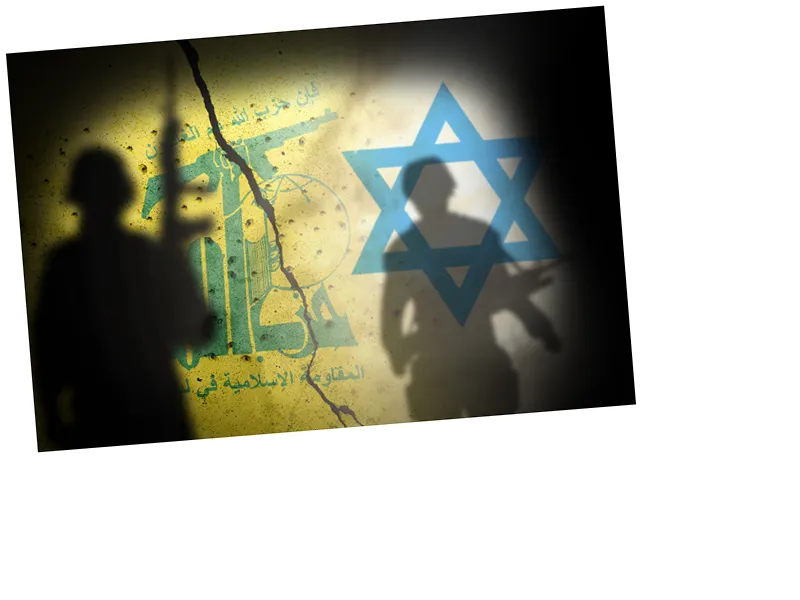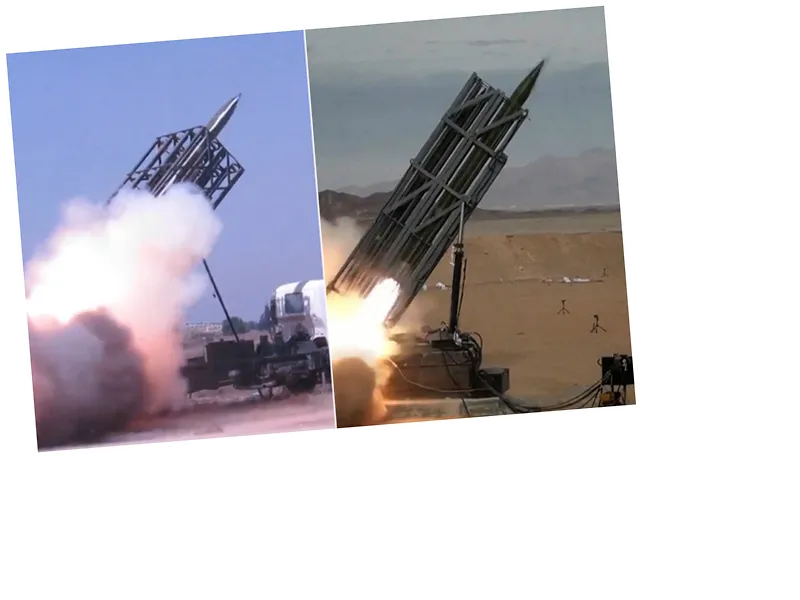Military Analysis of Hezbollah's Defensive Strategy
Military expert Colonel Hatem Karim Al-Falahi has provided insights into the effectiveness of Hezbollah’s defensive plan in southern Lebanon, attributing the rising losses of the Israeli army to strategic and geographical factors. He emphasized that the Israeli army's entry into southern Lebanon adhered to a defensive strategy that Hezbollah had previously established. This approach allows Hezbollah to leverage its knowledge of the terrain, which differs significantly from the urban battles in the Gaza Strip.
Reasons Behind Increased Israeli Losses
Al-Falahi pointed out that the Israeli military's high casualties are a result of several factors, including the fatigue of troops who had recently engaged in intense urban combat in Gaza. He noted that five Israeli military divisions, comprising over 10,000 soldiers each, are currently involved in operations against Hezbollah. In recent clashes, 88 Israeli soldiers were reported injured, and Israeli Chief of Staff Herzi Halevi acknowledged the
painful losses
sustained during these operations. Al-Falahi argued that the Israeli army's claims of having significantly weakened Hezbollah's combat capabilities are exaggerated, suggesting that Hezbollah's effective defensive measures are successfully countering the Israeli advances.
The Path Forward: Diplomacy or Continued Conflict?
As the situation escalates, Al-Falahi highlighted the shifting objectives of the Israeli ground operation, which include securing a 5-kilometer border strip and disarming Hezbollah. However, he cautioned that the increasing casualty rates indicate a pressing need for Israel to consider diplomatic solutions, referencing UN Resolution 1701, which called for an end to hostilities in the 2006 Lebanon War. He argued that continued military operations may not yield effective results and that a diplomatic approach could be more beneficial for long-term stability.





